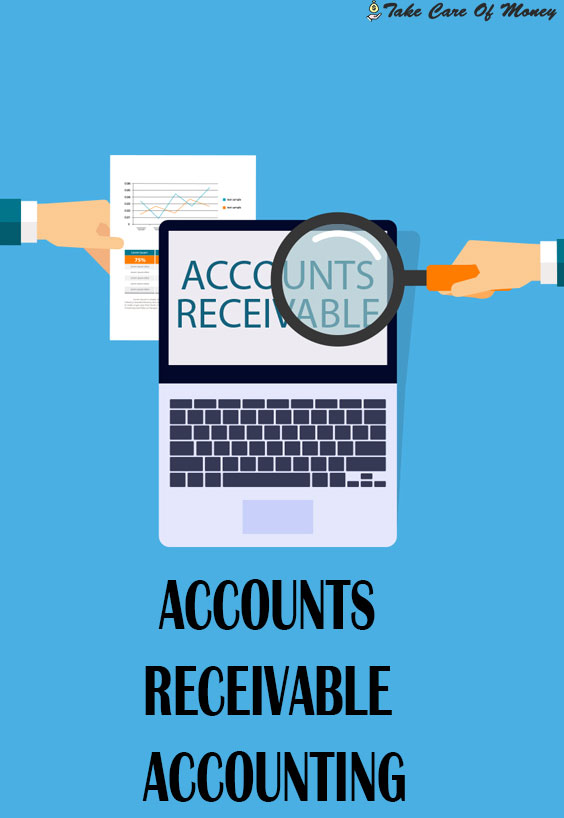Table of Contents
Companies regularly grant credit to their customers under the promise of paying the account at a future date. This credit is made through two main ways: accounts receivable and documents receivable.
The receivables represent promises of payment from customers on a certain date, which occurs shortly after the purchase have been made, while receivables represent clients who owe money and have agreed to pay the long term.
The receivables are created when customers sign documents known as promissory notes and agree to pay the face value of the document, together with interest, at a certain date.
Registration of documents receivable
When a company accepts a payment promise note from a customer, it must be recorded in its accounting books as receivables. Each payment promise includes the nominal value of the document, or the amount due, the date of payment and the interest rate.
The accounts receivable account represents an asset and maintains a normal debit balance. When the company records a customer’s receivable document, it charges that account and pays for sales.
Registration of payments of documents receivable
When a customer pays the document, he also pays the accrued interest. The company calculates the interest generated by multiplying the nominal value of the promise of payment by the interest rate and the elapsed time. The company calculates the time by dividing the number of days a note has been pending payment between the number of days of the year, or 365.
The company records the payment received by charging the total amount to the cash account, paying documents to collect the amount of the nominal value of the note, and paying interest income for the amount resulting from the calculation.
Registration of discounts on documents receivable
Sometimes a company may need cash before the customer pays the document. In this case, the company can discount the note with a financial institution. The latter will pay the company in cash in exchange for the right to collect the document. Financial institutions charge a small discount rate for this service.
In this sense, the company determines the value of the discount by multiplying the value at the time of expiration, the nominal value plus interest, by the discount rate, for the time remaining before the expiration of the note. The company calculates the period of time by dividing the total number of missing numbers at the expiration of the document, by the number of days of the year.
The company records the discount of the note by charging the value of the money received to cash, paying the documents receivable for the total value of the note, and paying the difference to interest income.
Report of documents receivable
The time period of documents receivable varies from a few months to years. If a document receivable expires in less than one year, it represents a current asset. If the account is to be collected after one year, it will represent a fixed asset.
All documents receivable are assets of a company, and are always reported in the balance sheet. Short-term receivables appear in the current assets section of the balance sheet, while those long-term accounts will appear in fixed assets.
